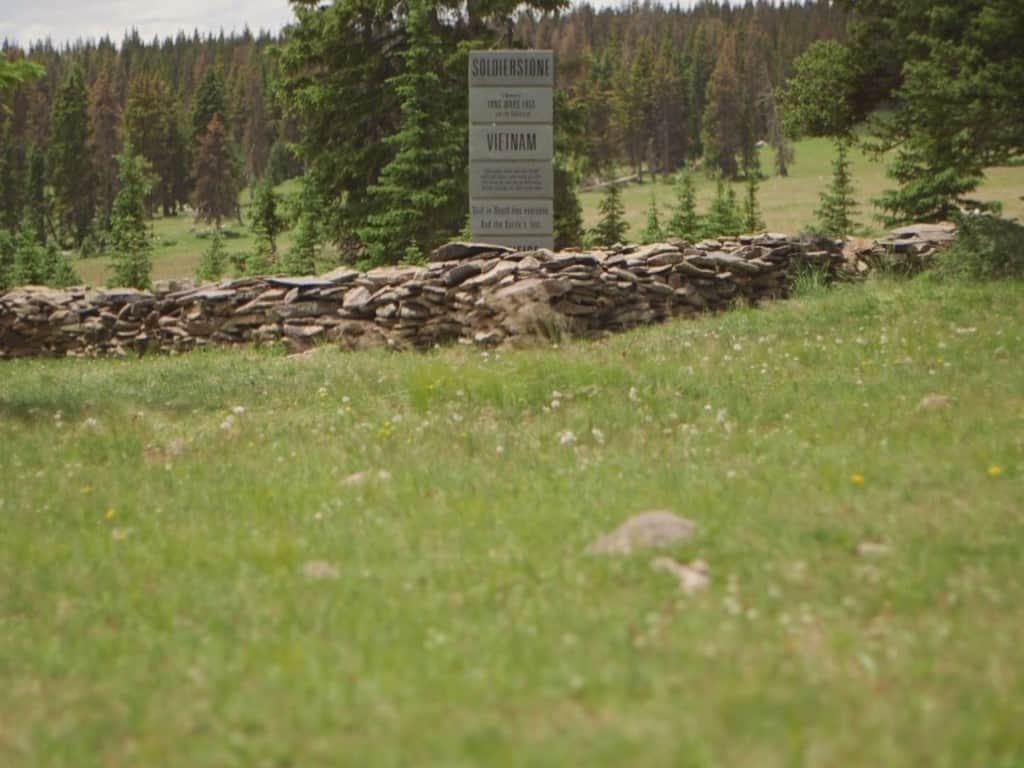Text of an article from ClimateWire….
Forest Service seeks protection against lawsuits that delay management policies
Benjamin Hulac, E&E reporter
Published: Friday, July 17, 2015
Thomas Tidwell, the Forest Service chief, said yesterday that the agency would be open to a new arbitration system that would replace lawsuits meant to delay or derail federal forest management projects.
A May report for the Forest Service’s Northern Region, commissioned by the agency on regions of Montana, Idaho, Washington and the Dakotas, found that “in recent years, litigation has encumbered 40 to 50 percent of planned timber harvest and treatment acres” for the region (E&E Daily, May 11.
“I’m as frustrated as anybody when when we’ve done the work, we’ve done the job, we get litigated, a year later, the judge says ‘Yes you’re OK, go ahead,'” Tidwell told the Subcommittee on Public Lands, Forests and Mining.
Subcommittee Chairman Sen. John Barrasso (R-Wyo.) introduced a bill in June, S. 1691, that would create two methods to resolve or impede litigation against the service — an arbitration program and a bond posting requirement from plaintiffs planning on suing the agency.
“I do think that it may get at the issue,” Tidwell said of the arbitration suggestion.
Asked by Barrasso for his opinion on litigation from “rogue, activist groups” blocking “consensus” forest projects, Tidwell said the legal delays are “frustrating at best.” Republican senators and industry witnesses also said legal snags are particularly irritating to logging operations and safe forest management.
Tidwell said the arbitration suggestion had merit, but said he was concerned that the bond mandate would prevent cash-strapped parties from voicing their concerns and could stir up more legal challenges.
“I’m worried that it will create more controversy and opposition,” he said of the bonding provision.
Lawmakers on the panel also considered a bill from Sen. Ron Wyden (D-Ore.), S. 132, which the senator has said would provide stable business footing for the logging trade and local counties, and a proposal from Sen. Jeff Flake (R-Ariz.) to raise so-called “cancellation ceilings.”
Fire suppression activities at risk
Under Flake’s measure, S. 326, the Forest Service could obligate a separate fund to cover the cancellation ceiling, the greatest amount a contractor can charge if its customer backs out of a contract. The current requirement on ceilings is “creating a reluctance around our workforce,” Tidwell said, adding that “the cost of fire suppression management” is the largest challenge facing the service.
The cost to fight fires in the United States has climbed sharply since the 1990s. So has the Forest Service’s budget to do so.
Of the agency’s 1995 appropriated budget, 16 percent went to firefighting activities, while 42 percent last year went to fight fires.
“That’s simply not sustainable,” Sen. Martin Heinrich (D-N.M.) said of the ramp-up. “Any solution is going to have to include fixing the forest budget.”
Since 1980, the average tally of wildfires on federal lands has roughly doubled and, after including non-federal lands, has approximately tripled. More than 40 percent of the National Forest System is in risky fire conditions and “in need of fuels and forest health treatments,” according to the Forest Service.
Compared with the preceding four decades, the 2000s were easily the most damaging 10-year period for fires, consuming just less than 7 million acres, according to Agriculture Department figures.
Bipartisan support from Western senators
Since 2000, at least 10 states have seen their largest recorded fires.
“You have a lightning strike in our part of the country, and all of a sudden, you have an inferno,” Wyden said.
Jim Neiman, chief executive of Neiman Enterprises, a timber company, said at the hearing that “activist litigation” and regulations, like the National Environmental Policy Act, slow forest management.
“Wildfires don’t wait for environmental reviews,” he said. “The current processes are an impediment to increasing the current pace and scale.”
Senators present yesterday broadly agreed that actively managing federal forests and culling overstocked stands are important to prevent fires, especially in drought and drought-like conditions.
Experts should focus on the healthy function and density of forests to prevent the some of the worst long-term tinderbox situations.
An overstocked forest, when “overlayed with climate change,” said Neiman, is particularly concerning.
Flake’s bill has 12 co-sponsors, all Western senators, including four Democrats and Steve Daines (R-Mont.), who said blocking litigation of forest projects would be welcome. Daines also said yesterday that he would back efforts to curb fire borrowing — when the Forest Service or another agency dips into other funds for fire-prevention programs.
